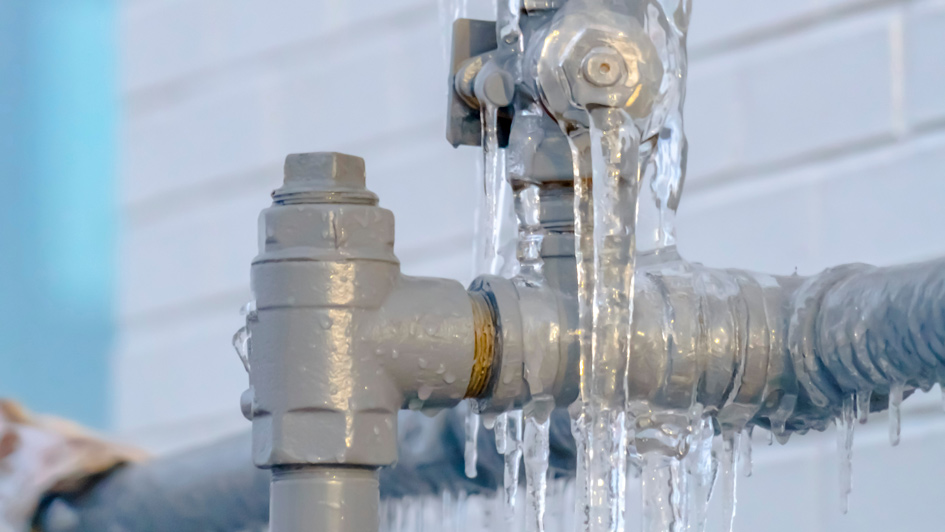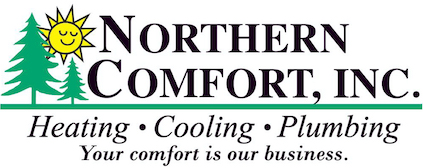
The snowy winter weather brings a fun day sledding down the highest hill or snowball fights in the back yard. However, winter weather can be hard on your home. Excessively cold conditions can cause the water lines in your house's plumbing system to freeze and burst, which can result in significant water damage and enduring negative effects.
When your pipes are covered in ice, you might need to contact a plumber in Mankato area to fix them. That being said, there’s several tasks you can perform on your own to prevent this from happening – and even just a bit of prevention can go a long way.
What Pipes Are at a Higher Chance of Freezing
The pipes at the largest risk of freezing are exposed water lines. Prevalent locations for uninsulated pipes are within attic crawlspaces, near exterior walls, in the basement or even running underneath a modular home. Water lines that are not properly insulated are at the biggest risk.
How to Stop Pipes from Becoming Frozen in Your Home
Thoroughly insulating exposed water lines is a good first step to keeping your pipes free of ice. You’ll generally locate many of these materials from the local plumbing company, and may also already have some somewhere in your home.
Try not to wrap other flammable insulation materials where they can be caught on fire. If you don’t feel confident insulating the pipes on your own, get in touch with your local plumbing services professional in Mankato area to handle the job.
If you do prefer to insulate the pipes yourself, common insulation materials for pipes are:
- Wraps or roll insulation: Multiple plumbers, hardware stores and national retailers sell insulation – typically fiberglass, foam wraps or pipe sleeves – that you can use to cover or fit around your pipes. They are sold in different lengths and sizes to fit the needs of your home.
- Newspaper: To a decent degree, newspaper can be used as an insulator. If the weather is cooling down and you aren’t able to add insulation in time, consider covering uninsulated pipes in this.
- Towels or rags: If you miss the opportunity to buy insulation and don’t have any newspaper to use, wrapping particularly vulnerable pipes with towels or clean rags as a final effort can be just enough to keep the cold air away from the pipes.
Another preventative step you can try to stop pipes from freezing in your home is to seal up any cracks that could permit cold air into your home. Keep an eye on the window frames, which can let in surprisingly powerful drafts. Not only should this help to keep your pipes from freezing, but it will have the added benefit of making your home more energy efficient.
Five More Ways to Keep Your Pipes from Freezing:
- Open the cabinet doors. Opening the cabinet doors beneath the sinks and other areas of your home that have pipes will permit more warm air from the rest of the room to reach the pipes.
- Letting water drip. Letting water flow by letting your faucets trickle even a small amount can help thwart frozen pipes.
- Open interior doors. By opening doors in rooms or hallways, your home can be heated more evenly. This is particularly important if you have a room that tends to be colder or hotter than other rooms.
- Close the garage door. The exception to the open doors tip is the garage door, which you should keep shut – namely if your water lines run through the garage.
- Keep the heat steady. Experts encourage setting the thermostat at a stable temperature and leaving it in place, rather than letting it get lower at night. Set it no colder than 55 degrees.
How to Stop Pipes from Freezing in an Empty Home
When you’re inside a house, it’s easier to know when something goes wrong. But what additional steps can you try to keep pipes from freezing in an unused home or vacation home when the damage from a frozen pipe may not be discovered for some time?
As with your primary residence, placing extra insulation around any exposed water lines, opening interior doors inside the home and winterizing the vacant home are the basic steps to attempt first.
Additional Steps to Prevent Pipes from Freezing in an Unused Home:
- Leave the heat on. Even though you aren't currently using the home, it’s best to keep the heat on – even if you switch the thermostat down lower than you would if you were there. As with a primary residence, experts recommend keeping the temperature at no lower than 55 degrees.
- Shut water off and drain the lines. If you’re going to be out of the house for an extended period of time or are winterizing a seasonal cabin or cottage, shutting the water off to the house and emptying the water out of the water lines is an easy way to prevent pipes from freezing and bursting. Try not to forget to flush the water out of any appliances, including the hot water heater, and the toilets. See to it that you empty all the water from the system. If you’re unsure of how to flush the water from the pipes, or don’t feel confident doing it on your own, a plumber in Mankato area will be delighted to offer support.


